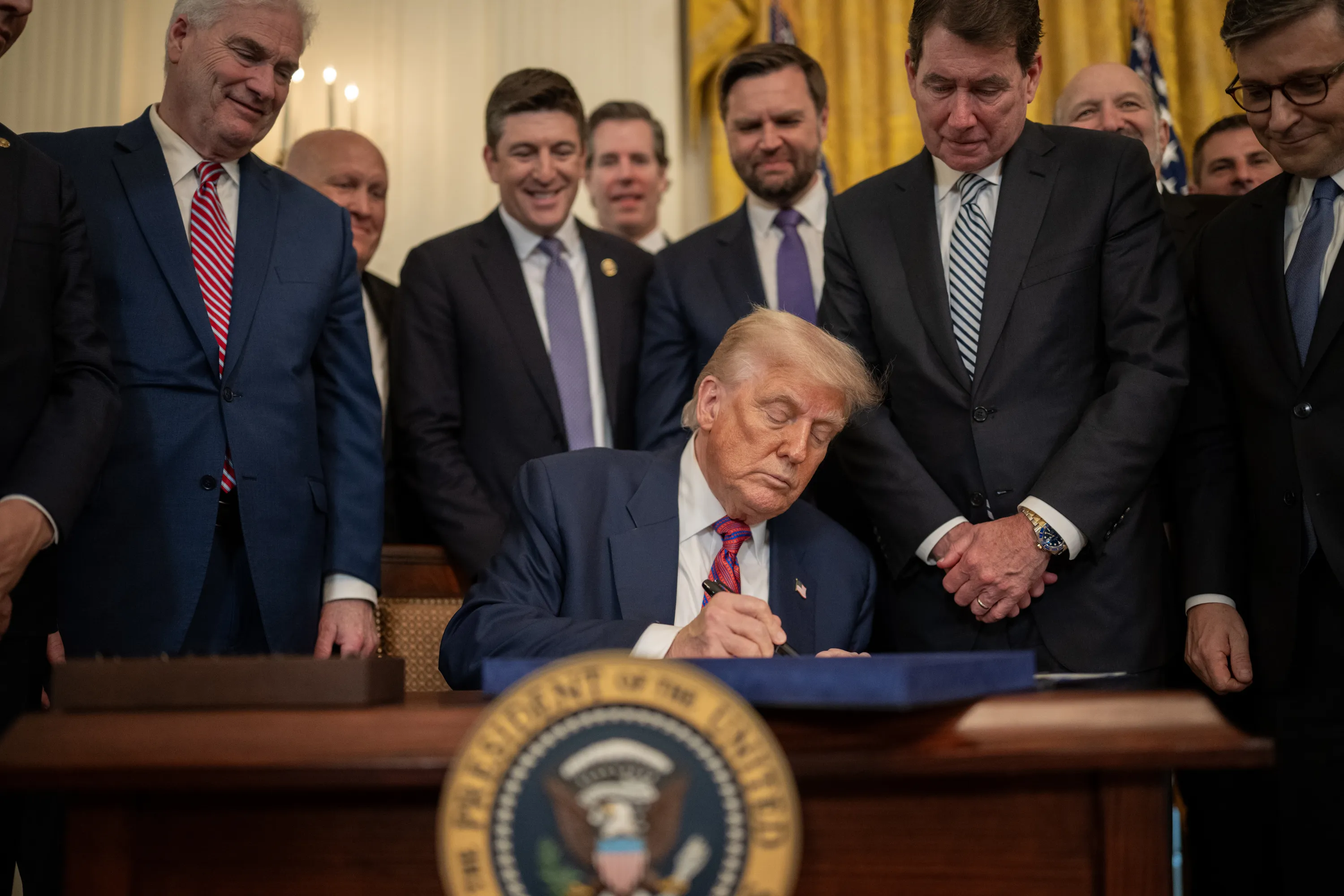Why the world needs to work together on trade

Peter A.G. van Bergeijk
Professor of international economics and macroeconomics, Institute of Social StudiesStay up to date:
Trade and Investment
Sanctions and counter sanctions currently taint trade developments between Russia and the EU and US (van Bergeijk 2014). This evokes memories of the Cold War that had a very substantial impact on East West trade in the 1950s and up to the 1990s. The East’s Council for Mutual Economical Assistance (COMECON) was created in response to US and UK economic sanctions against the Soviet Union and comprised the Soviet Union and the then satellite states Bulgaria, Czechoslovakia, Hungary, Poland and Romania. During the Cold War, trade at the European continent was substantially distorted both by the COMECON’s reliance on self-sufficiency, by the difficulties imposed by the East’s lack of hard and convertible currency and by the West imposing embargoes especially on dual use goods, technologically advanced goods and food. The impact of political frictions on openness (defined as world exports to Gross Planet Product (GPP) was substantial and for the year 1985 has been estimated 3.5% of GPP (van Bergeijk en Oldersma 1990; see also Wolf and Nitsch 2009 on trade between former East and West Germany). We know from observation that Détente led to an enormous surge in intra-European, and indeed global, trade (Afmann and Maurel 2010). Will increasing tensions with Russia now lead to contraction?
Potential impact
Of course the findings for the 1990s cannot be used directly to infer what the impact of a new superpower conflict would mean. After the fall of the Iron Curtain and Berlin Wall, Germany united, formerly planned Central European countries became EU member states and many countries, in particular China, became important players in the world trade system offering alternative supply and export markets. Still the potential impact of the Crimean crisis and the chilling of relation between Russia and the West are substantial. A recent study by the CPB Netherlands Bureau for Economic Analysis (Veenendaal 2014), for example, reports short-term decreases of industrial production due to increased political uncertainty of about half a percentage point for the major EU countries and North America. New walls in Europe – even invisible walls – are still much more difficult to conceive than before 1961 when the Berlin Wall was erected, but at the same time one is aware that it is in the present geopolitical context that a political conflict could recreate significant look-alikes in the form of a Cold War trade scenario. This column illustrates the economic costs that would follow in such a scenario.
Political trade resistance
In order to estimate the potential impact of the return of a cold trade war, I perform a thought experiment, so to say re-introducing the visible and invisible walls between East and West in a gravity simulation model for the world trade system in 2008 (van Bergeijk 2012). The first step is to estimate the gravity model, in particular the political trade resistance, for the year 1988 when the political tensions between East and West were still very strong. Based on the gravity parameter estimates, for political trade resistance in 1988, I simulate a world trade patter with and without political trade resistance using 2008 population and GDP data and taking account of the breaking up of a number of former Communist countries, shifts in capital cities in Nigeria and Germany and the German unification. According to this simulation, a hypothetical re-erection of the Iron Curtain (on the borders of the Russian Federation) would reduce trade openness by about 1.5% of GPP (Figure 1).
Figure 1. Estimated Iron Curtain impact on trade openness (percent of GDP) in 1988 and 2008

Obviously, political trade resistance factors are not mirrors as illustrated by the different consequences for Western Europe and COMECON (1988)/Russian Federation (2008). The costs and benefits of political trade resistance are distributed quite unevenly between East and West. Second, the two simulations clarify that the impact of walls depends on local conditions on both sides of the wall, but also on the opportunities that exist for economic interaction with and between entities in wall-free locations. Third, although the impact of walls is obviously the strongest the closest one is to the wall, their impact beyond the local level will often be not negligible as shown by the impact of the Berlin Wall and Iron curtain in Australia and New Zealand,.
Broader implications
These results should not be seen as accurate predictions (Breuss and Egger 1999), but rather as a serious attempt to uncover the size of the potential impact of a wall that played a major role in recent history. The potential costs of politically inspired trade distortions cannot be neglected although its impact in the current context is much lower. It could therefore be argued that the political defence and safety aspects would appear to be relatively more important. From this perspective it is important to note that the history of European integration is testimony to the idea that increasing mutual economic benefits has an important instrument to appease the former belligerents Germany and France and in more recent times the integration process is credited for supporting and establishing democracy and reducing political tensions with the East European countries, if not the prevention of the Afghanistanisation of Central Europe. Reducing these mutual benefits may lead to decreasing international safety.
Published in collaboration with VoxEU
Author: Peter A.G. van Bergeijk is professor of international economics and macroeconomics at the Institute of Social Studies.
Image: A container ship departs Burrard Inlet in Vancouver, British Columbia March 6, 2009. REUTERS/Andy Clark
Don't miss any update on this topic
Create a free account and access your personalized content collection with our latest publications and analyses.
License and Republishing
World Economic Forum articles may be republished in accordance with the Creative Commons Attribution-NonCommercial-NoDerivatives 4.0 International Public License, and in accordance with our Terms of Use.
The views expressed in this article are those of the author alone and not the World Economic Forum.
Related topics:
Forum Stories newsletter
Bringing you weekly curated insights and analysis on the global issues that matter.
More on Financial and Monetary SystemsSee all
Naoko Tochibayashi
September 17, 2025
Dante Disparte
September 17, 2025
Kahlil (KB) Byrd and Alexis Crow
September 16, 2025
Mark Gough and Naoko Ishii
September 15, 2025
Eneida Licaj and Genevieve Sherman
September 10, 2025
Seham Farouk and Sourajit Aiyer
September 9, 2025






